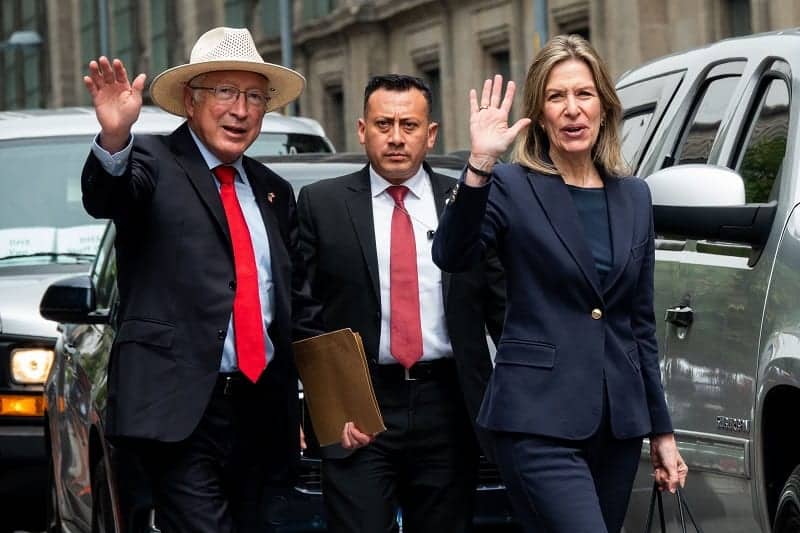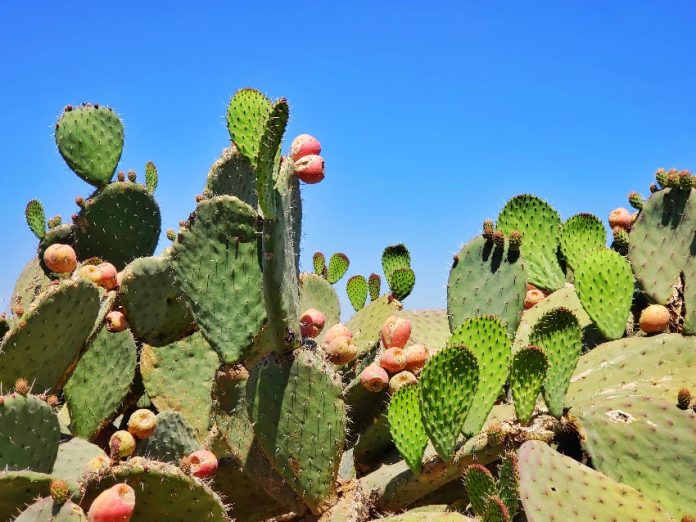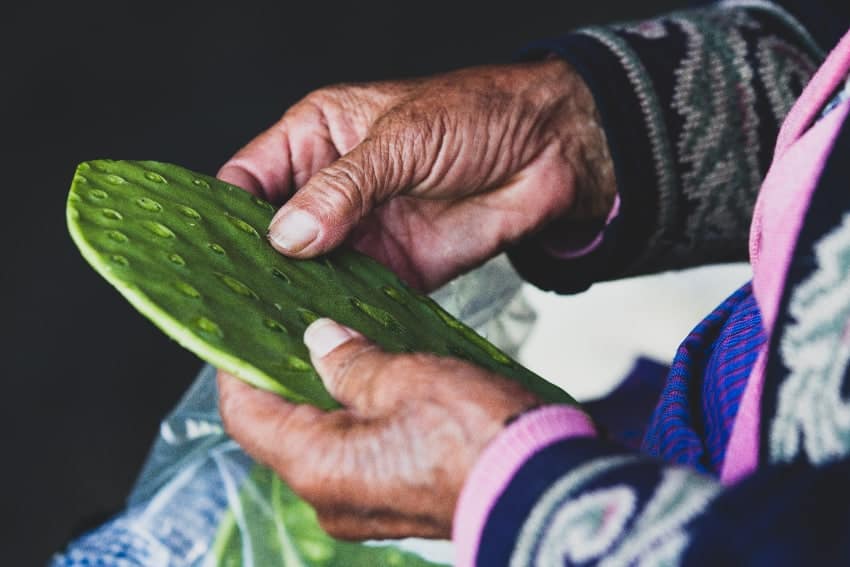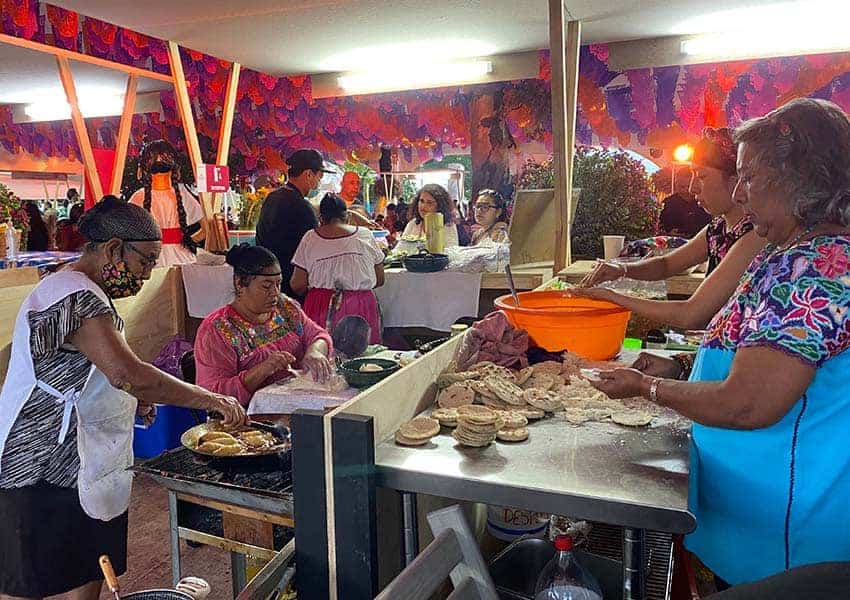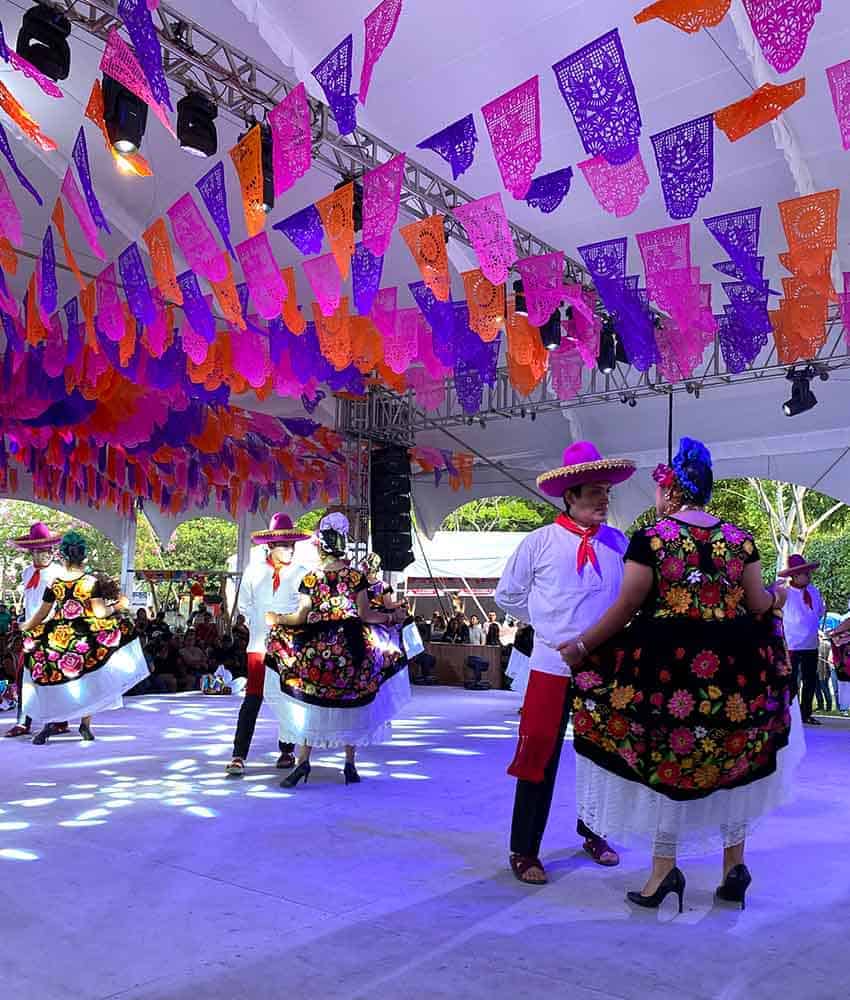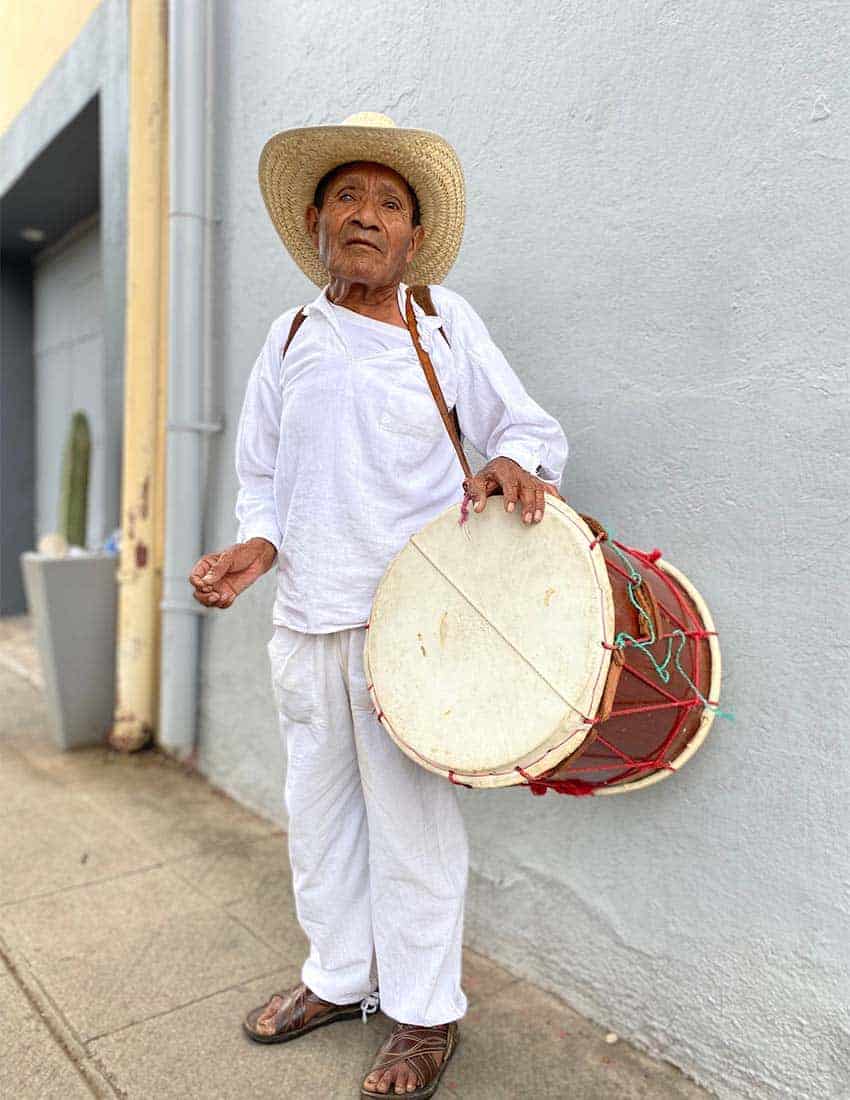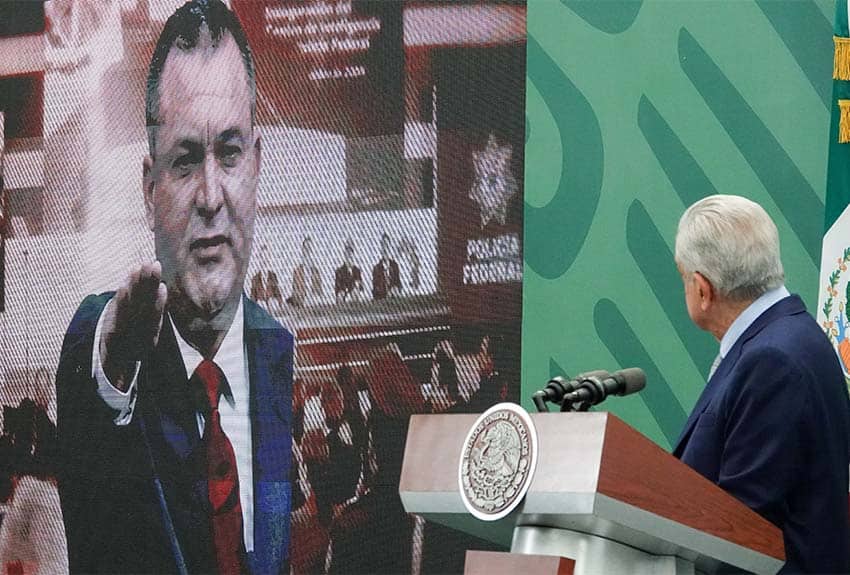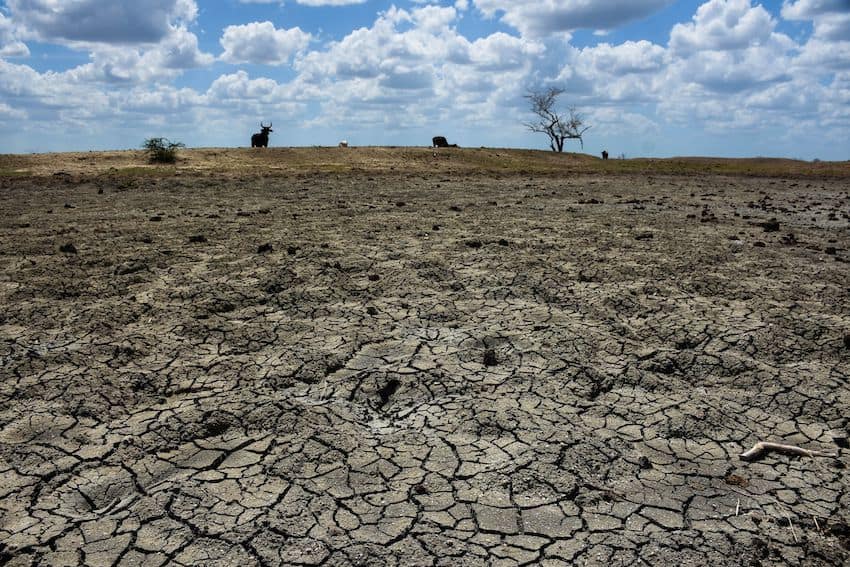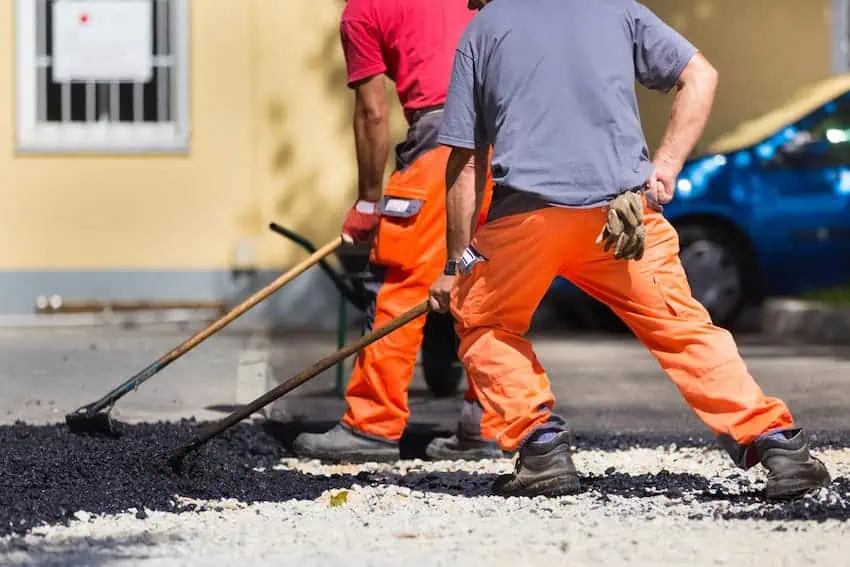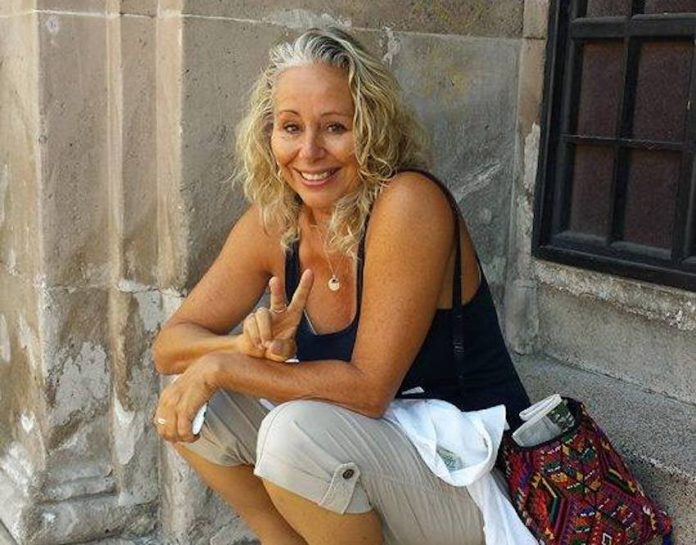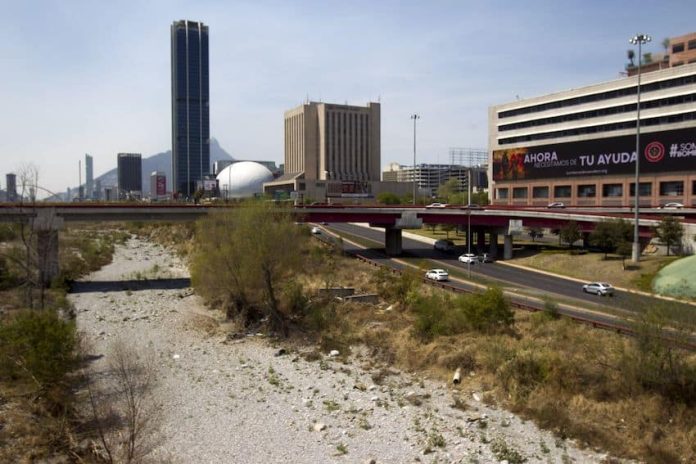Which country has the youngest population out of the three USMCA trade partners? That’s right – the indisputable answer is Mexico.
According to the Central Intelligence Agency’s World Factbook, the median age of the almost 130 million people who call Mexico home is 29.3, whereas the median is 38.5 in the United States and 41.8 in Canada.

Mexico’s youthful population is a significant asset to the country’s labor market, as large numbers of young men and women frequently graduate from universities and other training institutes and promptly look to use their newfound knowledge and recently-developed skills in formal employment.
The motivation of young Mexicans to succeed in the workplace and their adeptness with new technologies are among a range of other reasons why they are desirable employees, including for foreign companies setting up in Mexico to take advantage of the country’s proximity to the United States, the world’s largest economy.
While many major companies, both Mexican and foreign, are based in Mexico’s most populous hubs – Mexico City, Guadalajara and Monterrey – at least partially because of the presence of large talent pools, certain other regions of the country are also attractive places to operate due to factors such as their location, the available infrastructure, their experience with and openness to particular economic sectors, and their own young, educated and motivated workers.
One such region is the Bajío, especially the state of Guanajuato, where automotive manufacturing is a major driver of the local economy. Aerospace sector manufacturing has taken off in Guanajuato recent years, while the production of medical devices could be the next big thing.

For obvious reasons, medical device manufacturing is an important sector, especially as the world’s population ages. Additional investment in Mexico’s large and growing medical devices sector will help to meet the growing demand of healthcare providers in the USMCA region and beyond – and could be a lucrative enterprise at the same time.
Whether a company is looking to establish a new plant to make medical devices, or contract out manufacturing of those products on an as-needed basis, Guanajuato is an attractive option.
Guanajuato: A Prime Destination for Medical Device Manufacturing
Situated about 250 kilometers northwest of Mexico City and bordering the states of Jalisco, Michoacán, Zacatecas, San Luis Potosí and Querétaro, Guanajuato is an enviable location for medical device manufacturers. There are plenty of reasons for this, the most important of which are outlined below.
- Guanajuato is Mexico’s leading non-border state for exports, and has a long history of manufacturing high-quality products across a range of industrial sectors.
- There is less competition for top-tier talent than in northern border states – and labor costs are lower.
- Guanajuato boasts a skilled and experienced manufacturing workforce, equipped with the expertise to drive success and deliver desired results on time.
- The state is actively seeking investment from Mexican and foreign medical device manufacturers.
- A new medical device cluster – Mexico’s first outside the border region – has recently formed. (More on this later)
- Robust rail infrastructure and efficient highway connections facilitate the transport of finished products to the northern border and seaports.
- Proximity to Guadalajara – a hub for medical device original equipment manufacturers (OEMs) and component providers – means that companies can get what they need when they need it.
- Bajío-based manufacturers and suppliers of auto parts are actively exploring new opportunities to diversify their businesses and reduce their reliance on a single sector. They have the experience and capacity required to quickly pivot to the fabrication of high-quality medical device components.
- The state has been governed by the traditionally business-friendly National Action Party (PAN) for almost 30 years.
- Covering an area slightly smaller than the U.S. state of Maryland, Guanajuato is Mexico’s sixth most populous state with over 6 million residents. The large population ensures the ongoing presence of a large, educated talent pool.
- Educational institutes such as Universidad De La Salle Bajío and Instituto Sanmiguelense offer courses in fields that are highly relevant to the medical device manufacturing sector, such as biomedical engineering and industrial engineering.
Guanajuato’s Life Innovation & Technologies Cluster
Eight companies, including US-based Entrada Group and Lumitex, have joined forces to create Guanajuato’s Life Innovation & Technologies Cluster, which launched officially earlier this year and will hold an inauguration event in late September.
The cluster aims to promote Guanajuato as a national and global leader in the life sciences field, and will offer expertise across a range of areas to its members and partners.
Members will be able to tap into invaluable information about things such as local regulations, logistical strategies, supply chains, medical device sector-specific manufacturing processes and educational institutes.
Backed by strategic partnerships with Guanajuato’s State Training Institute, state government export promotion agency Cofoce and the Ministry of Sustainable Economic Development, Guanajuato’s Life Innovation & Technologies Cluster is fully committed to fostering the growth of the medical device sector and helping to improve healthcare outcomes in Mexico and around the world.
Find out more about the cluster on its website.


